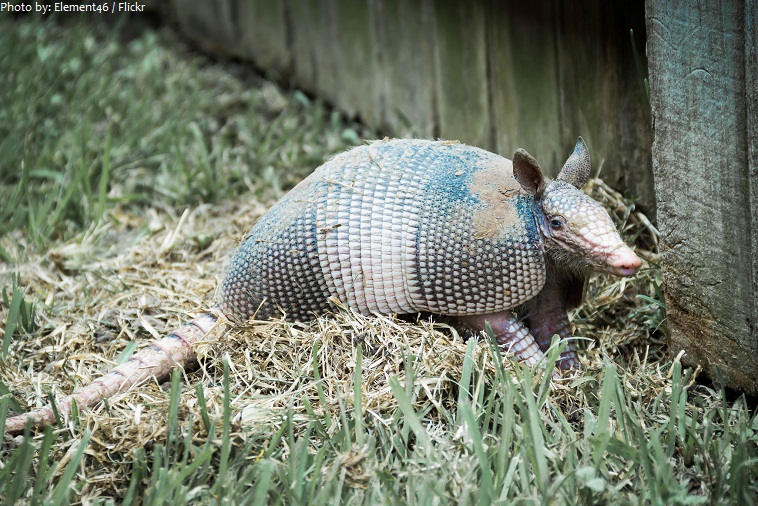

Strong legs and huge front claws are used for digging, and long, sticky tongues for extracting ants and termites from their tunnels. They have very poor eyesight, and utilize their keen sense of smell to hunt. Most species dig burrows and sleep prolifically, up to 16 hours per day, foraging in the early morning and evening for beetles, ants, termites, and other insects. Because of their low metabolic rate and lack of fat stores, cold is their enemy, and spates of intemperate weather can wipe out whole populations. Habitat and DietĪrmadillos live in temperate and warm habitats, including rain forests, grasslands, and semi-deserts. In fact, only the three-banded armadillo can, curling its head and back feet and contorting its shell into a hard ball that confounds would-be predators. Others have black, red, gray, or yellowish coloring.Ĭontrary to popular belief, not all armadillos are able to encase themselves in their shells. They vary widely in size and color, from the 6-inch-long, salmon-colored pink fairy armadillo to the 5-foot-long, dark-brown giant armadillo. Armadillos are the only living mammals that wear such shells.Ĭlosely related to anteaters and sloths, armadillos generally have a pointy or shovel-shaped snout and small eyes. The familiar nine-banded armadillo is the only species that includes the United States in its range.Īrmadillo is a Spanish word meaning “little armored one” and refers to the bony plates that cover the back, head, legs, and tail of most of these odd looking creatures. This makes the animals "excellent candidates" for gene therapy experiments that could restore color vision and point the way to potential human treatments, they say.Of the 20 varieties of armadillo, all but one live in Latin America. The Chlamyphoridae and Dasypodidae are the only surviving families in the order. By comparing the armadillo gene to other closely related mammals, a team of scientists has now identified several cone-related genes in the armadillo genome that became nonfunctional millions of years ago, they report today at the Society for Neuroscience conference in San Diego, California. Armadillos are New World placental mammals in the order Cingulata. Such studies are limited, because they examine only one gene at a time, when a number of different genes contribute to cone dysfunction, researchers say. When giving birth, female armadillos have four babies at the same time. This is because they can store oxygen in their bronchus and trachea. In fact, they can hold their breath for as long as 6 minutes. To study diseases that cause blindness in people, scientists typically genetically "knock out" cone-related genes in animals like mice. The term armadillo in Spanish means little armored one. But the deficit may have a silver lining for humans. The light-receptive cells that an armadillo does have, called rods, are so sensitive that daylight renders the nocturnal animals practically blind. Because its eyes lack light-detecting cells called cones, it has fuzzy, colorless vision. Seeing, however, is not one of its natural talents.

SAN DIEGO, CALIFORNIA-The nine-banded armadillo ( Dasypus novemcinctus) has many hidden skills-it can sniff out insects buried 20 cm underground, for example, and jump more than a meter into the air when startled.


 0 kommentar(er)
0 kommentar(er)
